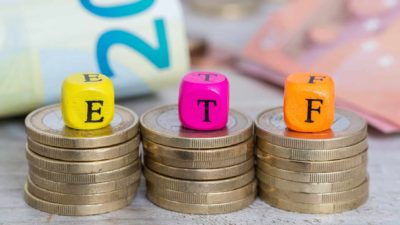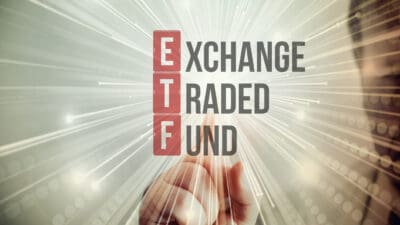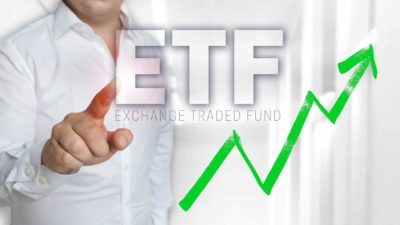Many ASX investors who choose to invest their hard-earned money into an exchange-traded fund (ETF) do so because of the benefits of diversification. ETFs are an investing instrument that can arguably offer this diversification like no other. Even though you can buy and sell an ETF in a single trade and with a single ticker code, the underlying investment can be spread across hundreds or even thousands of different companies. That brings us to the Vanguard MSCI Index International Shares ETF (ASX: VGS).
This ETF from Vanguard is one of the most popular on the ASX. Indeed, it is the second most popular fund on the ASX that invests in companies outside Australia, coming in behind the all-American iShares S&P 500 ETF (ASX: IVV). But is it the most diversified?
How does the VGS ETF stack up in terms of diversification?
Well, it certainly makes a strong case. The VGS ETF currently has 1,493 individual company holdings, spread across 22 countries. The ETF focuses on "major developed countries", so you'll find everything from the United States, Canada and Japan, to the United Kingdom, Europe, Hong Kong and Israel here. However, most of its holdings (more than 70%) come from the US.
VGS's top-weighted shares are also (predictably) American. You'll find Apple Inc (NASDAQ: AAPL), Microsoft Corporation (NASDAQ: MSFT) and Amazon.com Inc (NASDAQ: AMZN) in its top ten holdings, as well as NVIDIA Corporation (NASDAQ: NVDA) and Facebook.. sorry, Meta Platforms Inc (NASDAQ: FB).
So is VGS the most diversified ASX ETF out there? Well, it certainly comes close. But it doesn't take the cake. To illustrate, let's take a look at the Vanguard FTSE Emerging Markets Shares ETF (ASX: VGE).
While not as popular as VGS, this ETF makes it look like an amateur when it comes to diversification. VGE currently holds a whopping 5,256 individual companies, spread out across more than 25 countries. The most prominent of these are China (36.3%) and Taiwan (19.2%), but also include India, Brazil, South Africa and Saudi Arabia.
So no, VGS is certainly not the most diversified ETF on the ASX. But it does come close. But a caveat. When you're talking about diversification through ~1,500 companies or ~5,200, you are arguably at a level where there is not too much pure benefit from having additional diversification at this scale. Something to think about if you're chasing diversification for diversification's sake.









